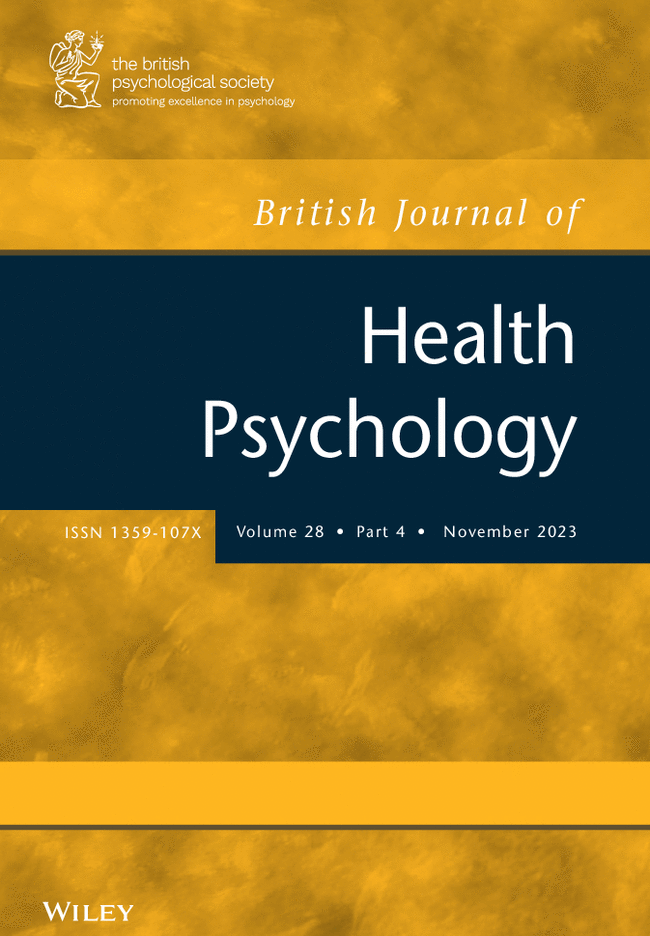A fearful adult attachment style is associated with double the presence of chronic pain compared to secure attachment: A national survey of a South African population
Abstract
Objectives
Preliminary epidemiological evidence suggests that within chronic pain cohorts, insecure attachment styles (comprising dismissing, preoccupied and fearful styles) are more prevalent. Our aim was to determine, in a general population, the association between adult attachment style and the presence and burden of chronic pain.
Methods
A nationwide online survey in South Africa determined adult attachment style (using the Experience in Close Relationships—Relationship Structures Questionnaire), the presence of chronic pain and typically associated psychological factors. In participants reporting chronic pain, the association with attachment style and pain burden (pain sites, severity and interference, using the Brief Pain Inventory [BPI]) was further explored. Results of the 2371 participants were analysed using multivariable generalized linear models.
Results
In our young (median age 23 years; IQR 20–28), well-educated and primarily female (74%) cohort with a predominantly middle-to-high socioeconomic status, we found a higher than typically reported prevalence of chronic pain (27%). Compared to the secure attachment style, all insecure attachment styles were associated with increased chronic pain presence (secure: 23%; dismissing: 31%, odds ratio [95% CI] = 1.38 [1.02–1.85], p = .037; preoccupied: 42%, odds ratio [95% CI] = 2.26 [1.62–3.13], p < .001; fearful: 49%, odds ratio [95% CI] = 2.95 [2.03–4.29], p < .001). All three insecure attachment styles were associated with worse pain interference, and a Fearful attachment style was associated with increased pain severity and .78 times more pain sites (95% CIs: not spanning 0, ps < .05).
Conclusions
Adult attachment style was associated with chronic pain presence and pain burden. The presence of chronic pain was more than double in the fearfully insecure compared to securely attached individuals.




 求助内容:
求助内容: 应助结果提醒方式:
应助结果提醒方式:


